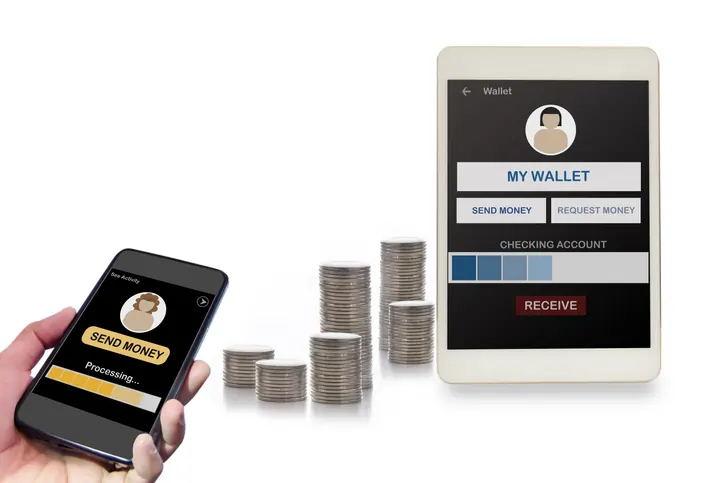
Introduction
Peer-to-peer (P2P) payment systems have transformed the way people transfer money, offering a convenient and efficient alternative to traditional payment methods. This article delves into the evolution of P2P payment systems, their impact on the economy, and the key trends shaping their future.
- Peer-to-Peer Payment Systems
Peer-to-peer payment systems allow individuals to transfer funds directly to one another using a mobile device or computer. These systems eliminate the need for intermediaries, such as banks, and enable quick and seamless transactions between users.
- Early Development of P2P Payment Systems
The concept of P2P payments dates back to the early 2000s, with the emergence of platforms like PayPal and Venmo. These platforms revolutionized online payments by enabling users to send money to friends, family, or merchants with just a few clicks.
- The Rise of Mobile P2P Payment Apps
The advent of smartphones and mobile apps further accelerated the growth of P2P payments. Apps like Cash App, Zelle, and Apple Pay Cash made it easy for users to send and receive money using their mobile devices, driving the adoption of P2P payments among a broader audience.
- Impact of P2P Payment Systems on the Economy
- a) Financial Inclusion: P2P payment systems have played a significant role in promoting financial inclusion by providing unbanked and underbanked individuals with access to digital payment services.
- b) Cost Savings: P2P payments are typically more cost-effective than traditional payment methods, such as wire transfers or checks, leading to cost savings for both consumers and businesses.
- Security and Privacy Considerations
While P2P payment systems offer convenience, they also raise concerns about security and privacy. It’s essential for users to take precautions, such as using strong passwords and enabling two-factor authentication, to protect their accounts from fraud and unauthorized access.
- Future Trends in P2P Payment Systems
- a) Integration with Messaging Apps: P2P payment systems are increasingly being integrated into messaging apps, allowing users to send money seamlessly while chatting with friends and family.
- b) Blockchain Technology: The use of blockchain technology in P2P payments is on the rise, offering enhanced security, transparency, and lower transaction costs.
- Regulatory Challenges and Compliance
As P2P payment systems continue to evolve, regulators are faced with the challenge of ensuring consumer protection, preventing money laundering, and fostering innovation in the payments industry.
Conclusion
In conclusion, the evolution of P2P payment systems has transformed the way people transfer money, offering convenience, cost savings, and financial inclusion. As these systems continue to evolve, it’s essential for users to stay informed about security best practices and for regulators to adapt to the changing landscape of digital payments.


